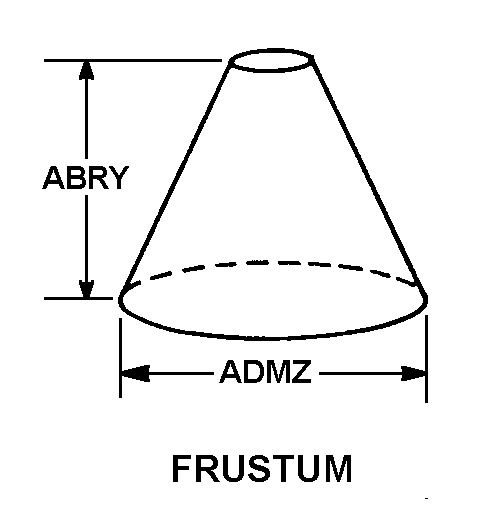4730013267068
Price Quote Get an up to date pricing and availability quote for this product. Order online or over the phone.
Quality Commitment
Serving our customers with quality and safety first.
- AS9120 Certified
- Audited supply chain
- ITAR Registered
- DDTC Registered
- HAZMAT Certified
- Customer service objectives
- Every product 100% inspected

4730-01-326-7068 Specification Set by the OEM (see RNCC code 3)
1.111in.
0.012in.
0.628in.
0.016in.
28.0
plain 2nd end
mesh
o/a length of mesh 0.938 in.; flange dia.outside edge to mesh wire 0.188 in.; acft model HU25A ATF3-6 engine sump oil scavenge installation
steel corrosion resisting
frustum
Cross Reference Parts Part numbers that meet the specification outlined on this page and set by the OEM
Identification Item Identification Guide (IIG) and Item Name Code (INC)

Definition Definition of approved item name (AIN): "STRAINER ELEMENT,SEDIMENT"
A replaceable device designed to remove solid particles from flowing liquids. The removal of particles is accomplished by porous material (metallic or non-metallic), wire mesh, perforated metal, or the like, constructed so the liquid can flow through the device while the solid particles are retained. It is designed to fit into a strainer, sediment (or similar cavity). It may have a reinforcement to prevent collapsing, distorting or rupturing. The degree of particles removed must be nominally rated at 50 microns, or more, or absolutely rated at 75 microns, or more. See also filter element, fluid.
4730-01-326-7068 Material Hazmat, Precious Metals, Criticality, Enviroment, and ESD
Indicates there is no data in the hmirs and the nsn is in a fsc not generally suspected of containing hazardous materials.
Item does not contain precious metal.
Represents items with no adp components
The item does not have a nuclear hardened feature or any other critical feature such as tolerance, fit restriction or application.
Identification Codes
HMIC: Hazardous Material Indicator Code. A one position code that identifies a hazardous item.
PMIC: Precious Metal Indicator Code. A one position code which identifies items that have precious metals as part of their content. precious metals are those metals generally considered to be uncommon, highly valuable, and relatively superior in certain properties such as resistance to corrosion and electrical conductivity.
ESD: Electrostatic Discharge. Indicates if an item is susceptible to electrostatic discharge or electromagnetic interference damage. electrostatic discharge damage occurs when an accumulation of static electricity generated by the relative motion or separation of materials is released to another item by direct contact. electromagnetic interference damage occurs when an item comes into proximity with an electrostatic or magnetic field.
ENAC: Enviromental Attribute Code. Identifies items with environmentally preferred characteristics.
CRITL: Criticality Indicator Code. Indicates an item is technically critical by tolerance, fit, application, nuclear hardness properties, or other characteristics.






